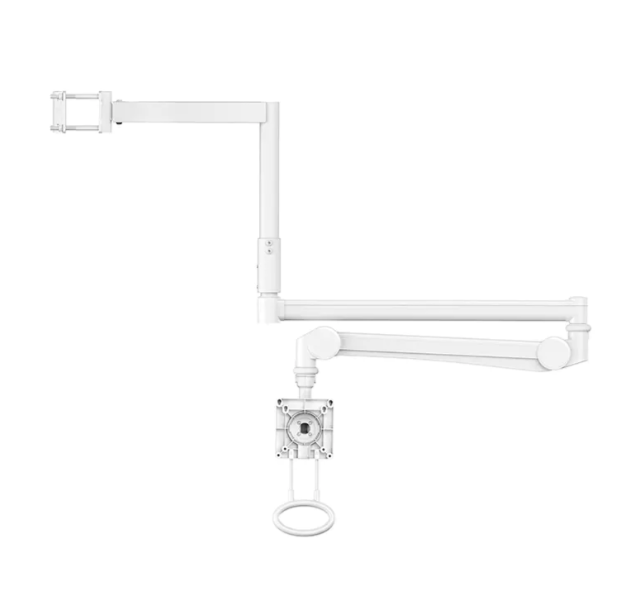A medical monitor arm is more than a supporting fixture—it plays an important role in the overall organization and efficiency of medical spaces. In environments where rapid decisions and multi-tasking are part of daily operations, proper screen positioning can aid in speed and accuracy.
Designed with articulation in mind, these arms enable staff to adjust monitors to various viewing angles. This capability benefits both single-user stations and shared workspaces. For example, during consultations, staff can rotate a monitor to share information directly with patients, enhancing clarity and engagement.
These arms are often constructed with metal alloys or coated steel to ensure long-term stability. Their mounting designs vary, with clamp-based options for workstations and VESA-compatible plates for universal attachment. Many also include internal cable channels that keep cords organized and out of the way.
Ergonomic design is another central feature. With prolonged use of digital systems in healthcare, reducing strain on the eyes, neck, and spine becomes increasingly necessary. A monitor arm makes it easier to align screens at the correct height and distance, helping to maintain better posture and reduce fatigue.
In addition to practicality, the aesthetic value should not be ignored. A workspace free of clutter not only looks more professional but also operates more efficiently. Monitor arms contribute to this by reducing the need for bulky desk mounts or fixed stands that limit movement.
Whether used in a nurse station, operating room, or outpatient clinic, the presence of a well-configured monitor arm simplifies tasks and contributes to a more responsive healthcare setting. These products offer a balanced combination of mobility, support, and cleanliness—all features that meet the demanding needs of clinical environments.

